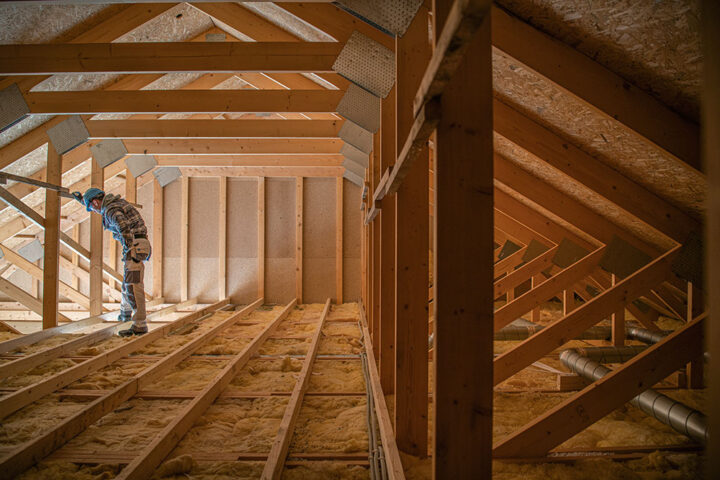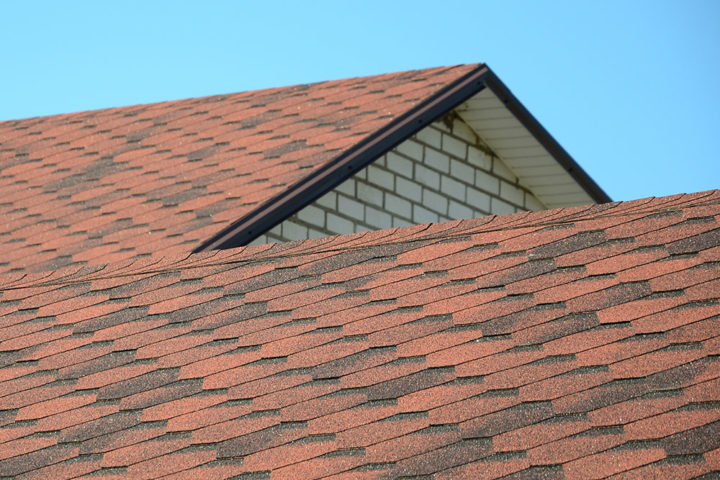The term stands for ethylene propylene diene monomer, often known as EPDM rubber. EPDM gets its name from the ingredients that are mixed in different quantities to make it: ethylene, propylene, and diene. Typically, the ethylene content ranges between 50% and 70%. Diene monomers, while accounting for a modest fraction of EPDM’s structure, are responsible for the cross-linking that gives the material its outstanding resilience, flexibility, and durability. EPDM’s exceptional material properties, including as unequalled flexibility and age resistance, are due to its molecular mesh structure.
EPDM rubber is a type of synthetic rubber. It is quite strong and flexible, and it may be used for a variety of things, such as deck and playground non-slip coatings, cooling system hoses, cold rooms, and car window and door seals. While temperature changes cause pure rubber to become brittle, EPDM rubber remains flexible and can survive temperature changes for decades. EDMP is a polymer that is both viscous and elastic, it is a copolymer with elastomeric qualities. It will revert to its original form if stretched. Ethylene and propylene, the two essential ingredients, are both obtained from petroleum and natural gas.
EPDM roofing is a type of roofing system that uses a single layer of rubber membrane in combination with additional elements like thermal insulation and vapour barriers. EPDM has a wide range of applications. These rubber sheets provide a uniform thickness and application over the whole roof surface. Although comparable to many other elastomers, EPDM has a high tensile strength and is tear-resistant. EPDM is the best material for roofing because of its weather-resistance properties, which include its ability to endure UV radiation as well as intense heat and cold. This is why it is so popular among waterproofing contractor for roofing.
The scientific discovery that resulted in the EPDM manufacturing method was made by a German scientist named Karl Ziegler when he was researching polymerisation. The breakthrough made by Ziegler and his students resulted in the creation of a polymer that was resilient to heat and cold and strong and flexible. EPDM is leaching resistant and contains no hazardous compounds, making it ideal for ponds and streams containing plants, birds, and fish.
EPDM is so densely packed that water and vapour cannot escape through it, making it ideal for use as a liner in water tanks as well. EPDM provides soft edges, smooth surfaces, and a seamless transition between roof and walls when used as a waterproofing material for facades and balconies. It is simple to install and will last for more than 30 years.




